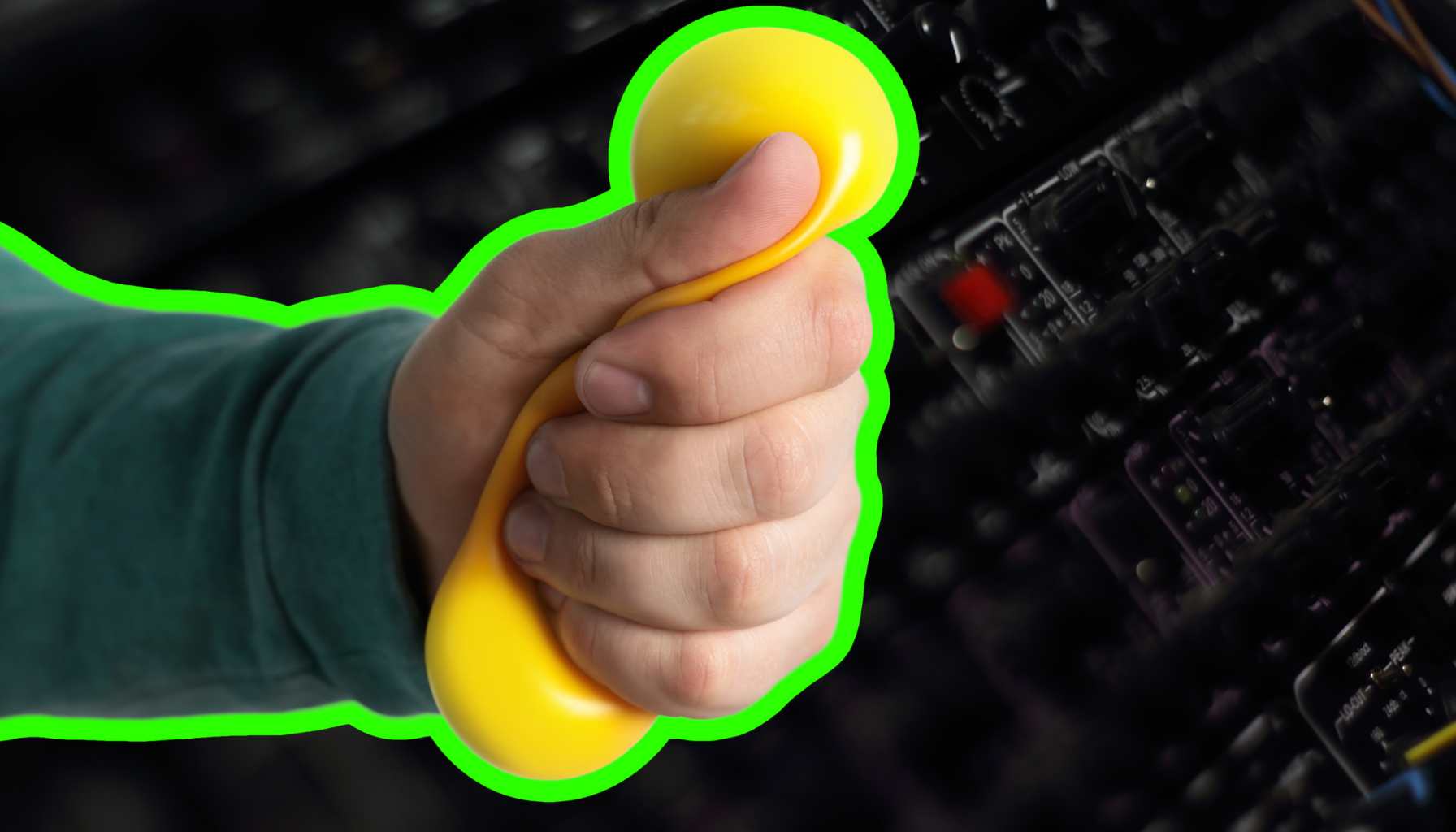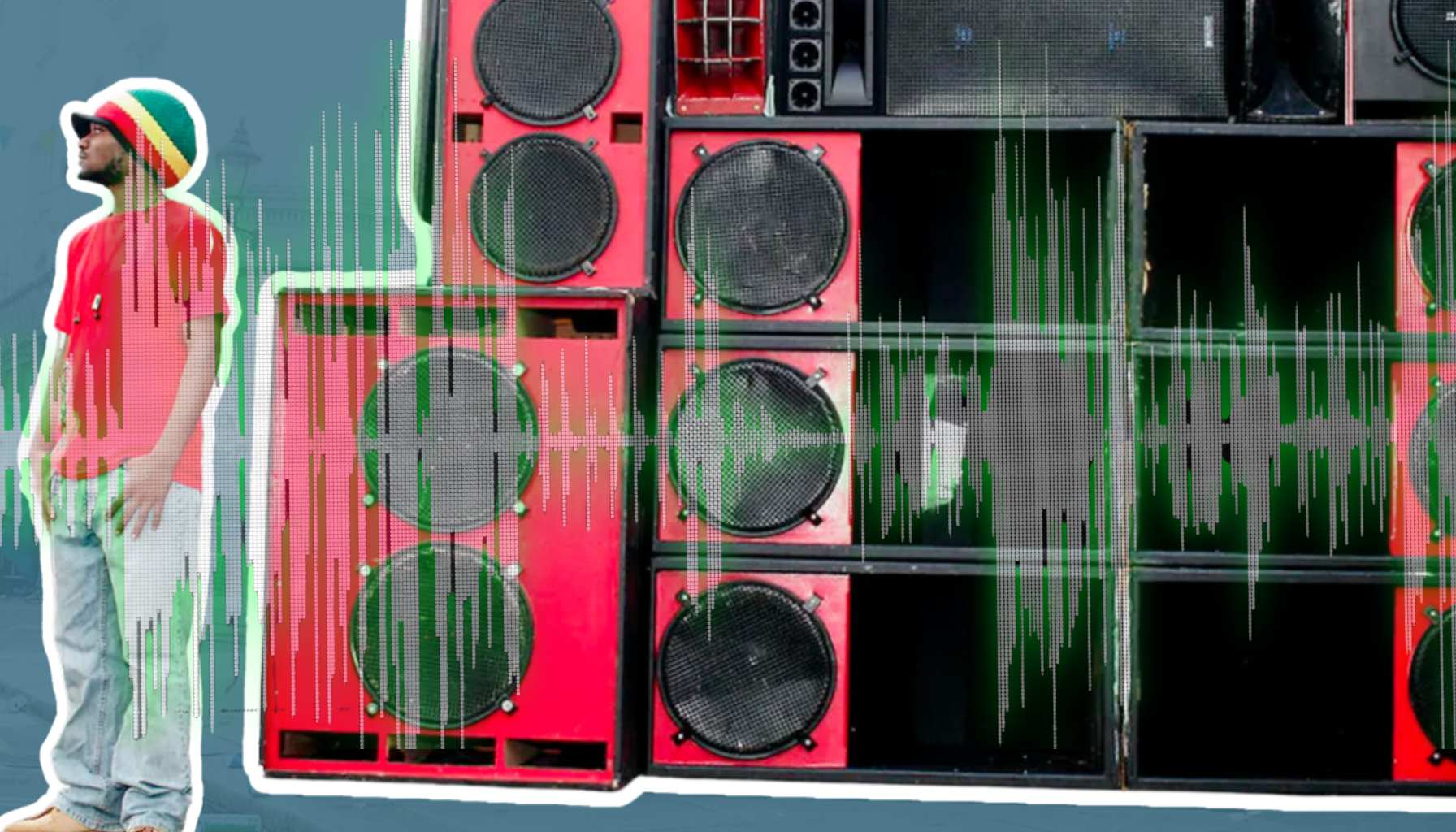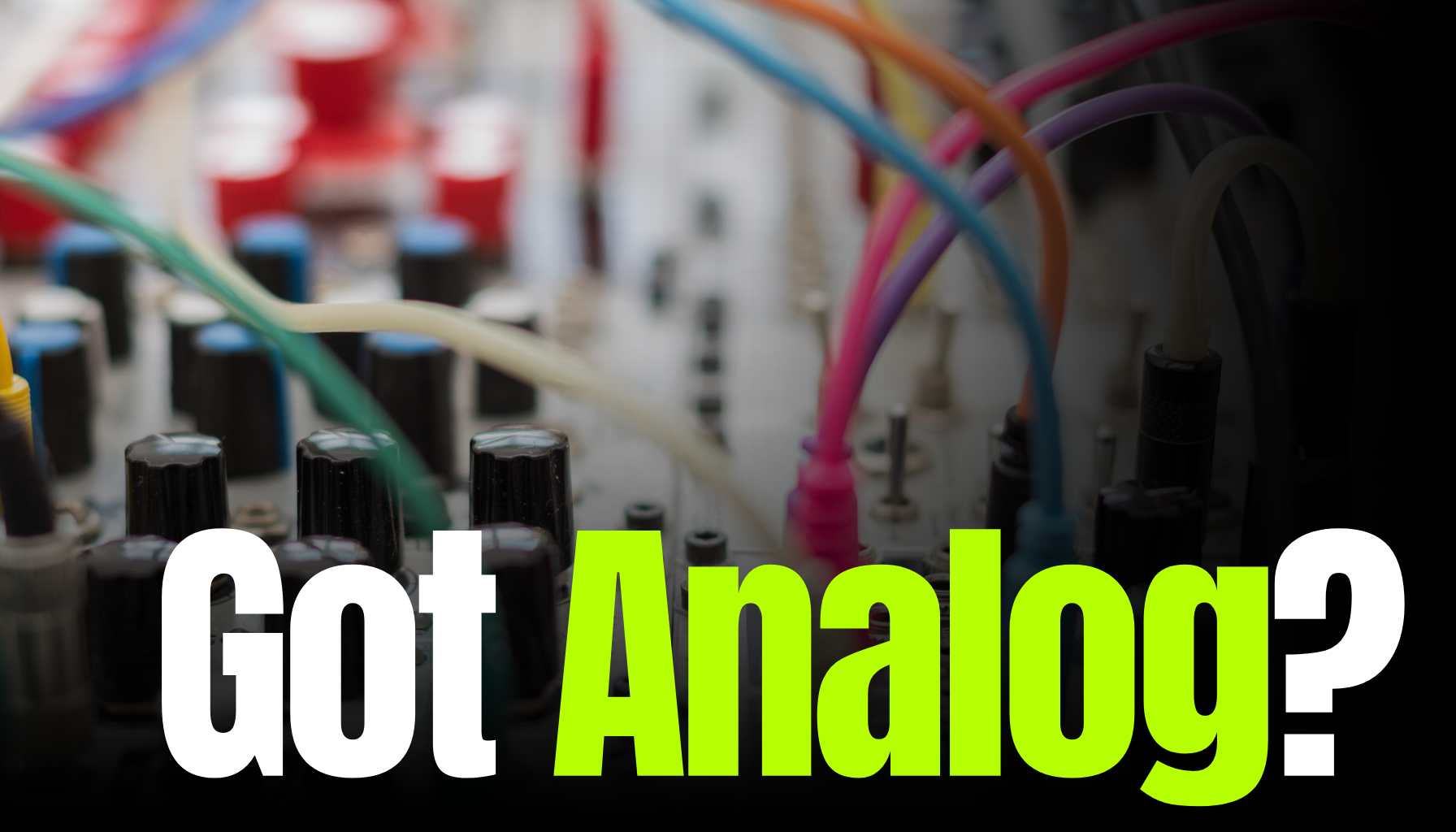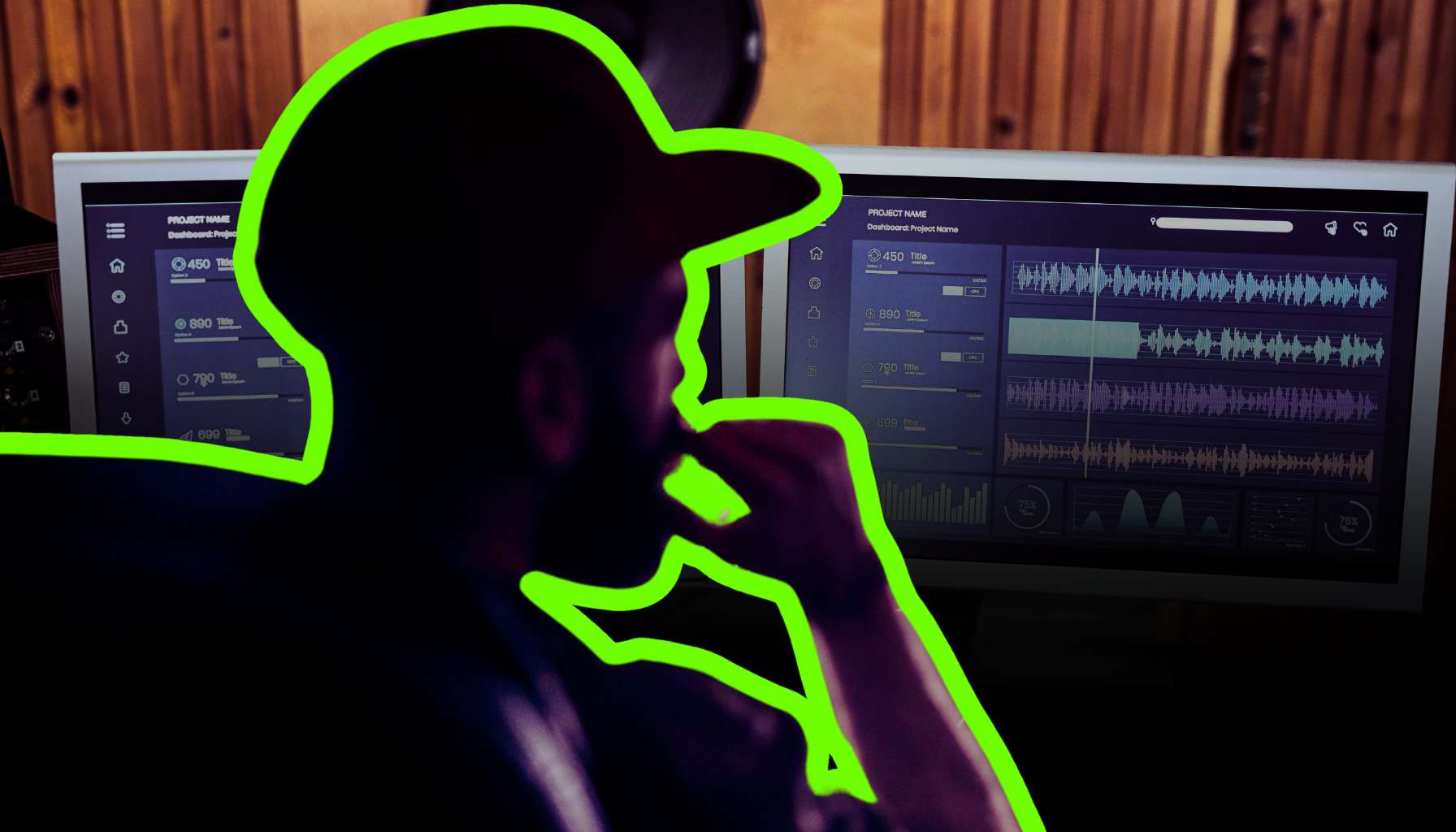I. Introduction: The Art of the Mix
Step into the studio, where the magic happens, and witness the transformation of raw sound into a polished auditory masterpiece. It’s the place where a good mix takes its first breath and a great mix learns to fly.
But what separates the wheat from the chaff in this world of faders and frequencies? Let’s dive into the art of the mix and find out.
A. Defining the Qualities of a Great Mix
First things first, let’s talk about balance. No, not the kind you need on a tightrope, but balancing levels in your mix. It’s the foundation upon which your sonic temple is built. Too much bass and your mix might wobble under its own weight; too little treble and it might just float away. Next up, we have panning instruments. Imagine your track as a stage – where do you place the lead guitar? Is the snare drum taking center stage?
Panning isn’t just about left and right; it’s about creating a 3D experience for your ears. Done right, it’s like audio wizardry that pulls your listeners into another dimension. Then, there’s depth and space. It’s the difference between feeling like you’re in a cramped closet or standing in the middle of an epic arena.
Reverbs and delays are your paintbrushes here, adding shades and textures that give each element its own cozy spot in the mix. Dynamic range is your playground. Squash it too much and your mix might sound as lifeless as a robot reciting Shakespeare.
Preserve it, and your mix breathes with the ebb and flow of emotion, taking listeners on a rollercoaster they never want to end. And let’s not forget tone and texture clarity. Each instrument should shine like a gem, not get lost like a needle in a haystack.
When everything has its own sonic fingerprint, your mix becomes a gallery of audible art.
B. The Importance of Objective Listening
Now, don your lab coats because we’re getting scientific with objective listening. It’s time to develop a critical ear. You’ve got to be as unbiased as a judge at a talent show, discerning the good, the bad, and the muddy. Using reference tracks is like having a GPS for your mix. They’re the guiding stars that show you what’s possible and help you navigate through the nebula of noise.
By comparing your mix to tried-and-true tracks, you ensure you’re on the right path. And remember, breaks and resets for perspective are vital. You wouldn’t stare at a painting for ten hours straight and expect to critique it fairly, right? The same goes for your mix. Step away, cleanse your palate with some silence or different music, and return with fresh ears ready to catch what you missed.
As we segue from the intro into the nitty-gritty, brace yourself for some advanced EQ techniques in Section II. The equalizer is your scalpel, and you’re about to perform sonic surgery to sculpt the perfect mix. Ready to play doctor?
II. Advanced EQ Techniques
As we lift the veil from the critical listening stage, we venture into the realm where frequency meets finesse: the land of EQ (equalization). While our ears have been sharpened to pinpoint what’s off-kilter in the mix, it’s time to fine-tune those imperfections and enhance the sonic qualities that make your tracks stand out.
A. The Role of EQ in Shaping Sound
The low end of your mix is like the foundation of a house; if it’s not clean and solid, everything else might as well be built on quicksand. Cleaning the low end ensures that your mix isn’t muddied by unwanted rumble or bass overlap.
It’s about making sure your kick drum and bass guitar aren’t stepping on each other’s toes but dancing a perfect tango instead. But what about the rest of the band? Carving space for each instrument is like hosting a dinner party where every guest has the perfect seat—no one’s back is to the conversation, and there’s no awkward elbow bumping.
By selectively cutting and boosting frequencies, each instrument can shine without eclipsing the others. Now, for the high-pitched elephant in the room: harsh frequencies. These are the uninvited guests to your audio party, often crashing cymbals or overzealous guitar strings. Taming these frequencies is about applying a diplomatic touch with EQ to ensure everyone plays nice.
B. Utilizing EQ for Enhancement
Beyond fixing, EQ is your secret sauce for flavor. Accentuating character with harmonic EQ can turn a bland dish into a gourmet meal. It’s the sprinkle of salt on your caramel or the zest of lemon in your tea. By enhancing the harmonics, you’re bringing out the personality in each instrument, making them memorable and distinct. But let’s not stop at character; let’s talk about width.
Mid-side EQ can turn your mix from a narrow alleyway into a grand boulevard. By EQing the sides differently from the center, you create a sense of expansiveness that can take your breath away—just be careful not to overdo it, or you’ll end up with a mix that’s more disorienting than immersive. And for the final touch, there’s air and presence equalizing. It’s the difference between a vocal that feels like it’s being sung directly into your ear and one that feels like it’s coming from the other side of a wall.
A gentle boost in the high frequencies can add a sheen and sparkle that makes your mix glisten like morning dew. As we roll off the low end of this section, let’s compress our thoughts and expand our horizons.
In the next section, we’ll dive into dynamics processing mastery, where we’ll learn to wield compression like a sculptor’s chisel and explore the gates that keep the unwanted noise out of our sonic garden. Get ready to add power, punch, and polish as we keep pushing our mix from good to great.
III. Dynamics Processing Mastery
Riding the waves from our EQ expedition, we now set sail into the turbulent sea of dynamics. Buckle up, as we navigate through the complex currents of compression, expansion, and the art of limiting. It’s here where the difference between a good mix and a great one truly takes shape—or more aptly, takes control.
A. Compression and Its Subtleties
If EQ is the scalpel that sculpts your sound, think of compression as the clay that molds it. Compression for tone is not just about squashing signals to fit them into a box; it’s about using compression’s inherent coloration to add warmth or aggression to a track. Like adding spices to a stew, the key is in knowing just the right amount.
Then there’s parallel compression, a technique as powerful as a superhero’s sidekick. It’s all about blending an uncompressed signal with a compressed one to achieve a sound that has both power and nuance—imagine the Hulk doing ballet, and you’re halfway there.
Multiband compression is the Swiss Army knife of your toolkit, allowing you to compress different frequency ranges independently. It’s like having a team of bouncers at a club, each responsible for a different section; the bass frequencies are kept tight and punchy, while the highs retain their sparkle without getting too rowdy.
B. Utilizing Expanders and Gates
But what about the other side of dynamics? Enter expanders and gates. These tools are all about enhancing transients—the initial attack of a drum hit or the pluck of a guitar string—and cleaning up noise and spill from other tracks.
Think of them as the ninjas of the mix, silently taking out unwanted sounds and emphasizing the important ones. Gates, in particular, are like the bouncers of the audio world, deciding which sounds get to pass through and which ones get left outside. A well-set gate can clean up a drum track faster than a vacuum cleaner on turbo mode.
C. The Art of Limiting
Finally, we reach the zenith of dynamics processing: limiting. Peak limiting for loudness is a tightrope walk; push it too far, and you’ll squash the life out of your mix, but get it right, and your track will stand tall in any playlist. Transparent limiting techniques are the secret weapon here.
They allow you to crank up the volume without the listener ever knowing they’re being manipulated. It’s like a magician’s sleight of hand, where the trick is never revealed. As we compress the last bit of dynamics wisdom and limit our time in this section, we prepare to dive into the creative use of effects in Section IV.
Get ready to drench your tracks in reverb, delay, and modulation effects that will take your mix from being just a collection of tracks to a cohesive, living entity. From creating space and depth with reverb to establishing groove and texture with delay, we’re about to sprinkle some sonic fairy dust on our mix.
IV. The Creative Use of Effects
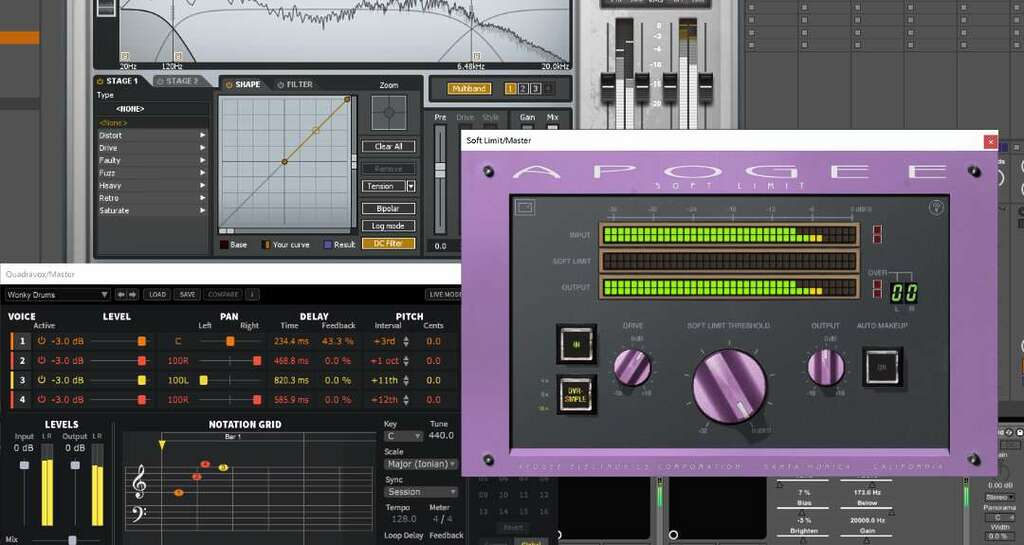
Having tamed the dynamic beasts of compression and gating, we now waltz into the ethereal garden of audio effects. Here, the right sprinkle of reverb, a dash of delay, and a pinch of modulation can transform a plain sonic canvas into a masterpiece of depth, groove, and texture. This is where the audible becomes tangible, and a great mix gains its third dimension.
A. Reverb: Creating Space and Depth
Imagine reverb as the ambiance architect of your mix, designing spaces that range from the intimacy of a whispering chamber to the grandeur of a cathedral. Each reverb type brings its own flavor to the party, be it the warmth of a plate or the organic feel of a hall. The trick is not to let it wash over your mix like a tsunami; subtlety is your ally. Pre-delay and decay are your tools for maintaining clarity amidst the echoes.
They’re the difference between a vocal that stands in front of the band and one that gets lost in the crowd. Pre-delay sets the stage, while decay dictates how long the performance lasts. Layering reverbs is akin to a chef layering flavors; it’s an art form.
With the right blend, you can create a complex soundscape that adds richness without muddying the mix. It’s about giving each element its own space to shine, not a free-for-all echo chamber.
B. Delay: Establishing Groove and Texture
Now, let’s groove with delay. Time-based echoes can be the metronome of the soul, turning a rigid pattern into a living, breathing rhythm. It’s not just about replicating sound; it’s about setting a pulse that can make your heart skip a beat.
Feedback and filtering come in when you want to sculpt the character of your delays. Like a sculptor chiseling away at marble, you can shape the repeats to either whisper in the background or boldly bounce around the mix. The character of your delay can define the vibe of your track, from vintage tape echoes to pristine digital repeats.
C. Modulation and Harmonic Effects for Interest
Diving deeper, modulation effects like chorus, flange, and phaser can be the spice rack of your audio kitchen. They add motion and life to static sounds, making your guitars swirl and your synths pulsate. It’s about giving motion to the ocean of your mix, creating waves that ebb and flow with musicality. Exciters and enhancers are the fairy dust of the mixing world, adding a sprinkle of sparkle to your tracks. They can breathe life into dull recordings, making them jump out of the speakers.
But beware, too much sparkle can blind your listeners, so use them with the precision of a jeweler setting a diamond.
As we cap off our journey through the wonderland of effects, we prepare to explore the vast landscape of stereo imaging and panning techniques in Section V. This is where we’ll paint our mix across the stereo field, balancing the sonic elements like an artist balances colors on a canvas. We’ll learn to pan with purpose, widen with wisdom, and ensure our mix translates well across all listening environments. Get ready to stretch your mix wide without losing an ounce of focus.
V. Stereo Imaging and Panning Techniques
Just as a sprinkle of fairy dust brought sparkle to our tracks, it’s now time to spread our musical colors across the vast canvas of stereo space. Panning isn’t just about left and right; it’s a strategic game of chess where each move is calculated to bring harmony and balance to the mix.
This is where we step into the realm of stereo imaging and master the art of placing each sound in its rightful place.
A. Panning for Musical Balance
Picture your mix as a stage. Just as every actor has a spot under the spotlight, each instrument in your mix deserves its moment to shine. Wide mixes can envelop the listener, offering an immersive experience, while narrow mixes can provide a focused, tight sound. It’s all about the context and what serves the song best.
Automating pans can inject movement into a static scene, turning a two-dimensional painting into a three-dimensional experience. It’s like watching a dance, with sounds twirling and stepping across the stereo field, creating a dynamic performance that keeps the listener hooked.
B. Achieving Width Without Losing Focus
But width without control is like a ship without a rudder—it’s easy to get lost at sea. Mid-side processing is the compass that keeps us on course, allowing us to enhance the edges of our mix while keeping the center anchored. It’s a powerful technique, but with great power comes great responsibility.
Overuse can lead to a disjointed mix that falls apart outside the sweet spot of your studio monitors.
Stereo widening plugins are the jetpacks of the mixing world. They can instantly take your mix to new heights, but misuse them, and you risk a crash landing. Subtlety is key, as is ensuring your mix doesn’t lose its impact on mono systems—a common pitfall in today’s multi-device listening environment. Checking mono compatibility is like the safety check before a flight. It ensures that your mix will translate well on any system, from a smartphone speaker to a club’s sound system.
Neglect this at your peril, as ignoring mono compatibility is like a pilot ignoring the weather—it might be sunny now, but you could be heading into a storm.
As we fine-tune our mix’s placement in the stereo field, we prepare for the next phase: Automation and Performance Dynamics in Section VI. The upcoming journey will show us how to breathe life into our mix, ensuring that each moment is as expressive as it is precise. Get ready to ride the faders, automate with intent, and bring a human touch to the digital realm.
VI. Automation and Performance Dynamics
After sculpting the perfect space and painting our mix with the broad strokes of stereo imaging, it’s time to zoom in and breathe life into each track. Enter automation—the secret sauce that can elevate a good mix to greatness. It’s the fine brushwork in the art of mixing, the subtle gestures that bring emotion and drama to the performance.
A. The Importance of Automation
Volume automation is the conductor’s baton, gently guiding the dynamics of the mix. It ensures that each instrument rises and falls in perfect harmony with the others, allowing for emphasis where needed and restraint where necessary. It’s the difference between a flatline and a heartbeat, a mix that’s static and one that pulses with life.
But why stop at volume? Automating effects can turn a simple part into a story, with each twist and turn revealing a new chapter. It’s like a plot twist in your favorite series; just when you think you know the direction, a new element sweeps in and takes you on a different journey.
B. Bringing the Mix to Life
Riding faders isn’t just old-school charm; it’s about injecting your mix with the human touch. In an age where everything can be quantized to perfection, the slight imperfections and nuances that come from a human hand can make all the difference. It’s about performance, about feeling the music and responding in the moment.
Creative automation takes this concept further, turning technical moves into artistic expressions. Imagine a filter sweep that builds anticipation or a delay throw that punctuates a phrase. These are the moments that make a listener’s spine tingle, the subtle ear candy that fans will come back for.
As we wrap up our discussion on automation and performance dynamics, we prepare to sharpen our ears for critical listening in Section VII.
It’s here that we’ll learn to compare our mixes against the pros, using reference tracks to gauge our progress and identify areas for improvement. We’ll explore how to calibrate our listening environments and why sometimes, even in our digital age, mixing on headphones can be a saving grace. The journey towards a great mix is meticulous, but with each step, we edge closer to that elusive perfect balance.
VII. Critical Listening and Reference Comparison
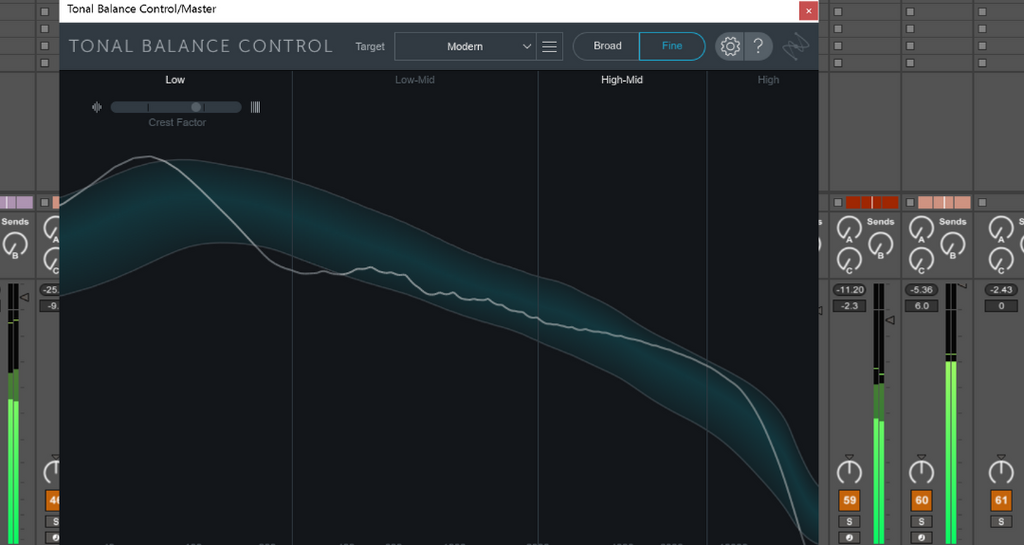
As we edge closer to the zenith of our mix, it’s time to hone in on critical listening and reference comparison. It’s like having a compass in the wild; without it, even the most experienced mixers can lose their bearings.
This phase is crucial for turning a good mix into a great one, and it’s where the finest details come under the microscope.
A. A/B Testing Against Industry Standards
A/B testing is not just a fancy term to throw around in the studio; it’s an essential practice. By comparing your mix directly to established hits, you can reveal hidden truths about your own work.
Selecting the right references is akin to choosing a mentor—pick the best to learn from the best. This process illuminates gaps in your mix, allowing you to tweak with precision until the distance between ‘good’ and ‘great’ narrows.
B. Listening Environments and Speaker Calibration
Now, let’s talk about your battlefield—the listening environment. It’s the arena where your mix proves its mettle. Proper room treatment and monitoring are not just niceties; they’re necessities. It’s like trying to paint the Mona Lisa in a hall of mirrors; without a true reflection of your sound, how can you trust what you hear?
And let’s not forget the unsung hero of the mixing process—headphone mixing. In a world where studio real estate can be as scarce as hen’s teeth, mixing on headphones can be a revelation.
It offers an intimacy and detail that speakers sometimes can’t provide, making it an invaluable tool in your arsenal. As we wrap up our session on critical listening, we turn our gaze to the final touches in Section VIII.
It’s where the last coat of polish is applied, and any lingering issues are addressed before handing over to the mastering engineer. This is the home stretch, where we ensure our mix translates across all platforms and resonates with the listener, regardless of where they press play.
VIII. The Final Polish: Mastering Touches
After meticulous mixing and critical listening, we’re ready to don the jeweler’s loupe for the final inspection. The mastering phase is where we turn good into great, adding the final polish that makes a mix truly shine. But before we pass the baton to the mastering maestro, there are vital steps we must take to ensure our mix is dressed to the nines.
A. Addressing Mix Issues Pre-Mastering
Before mastering can work its magic, we must ensure our mix is as flawless as possible. It’s like checking your teeth for spinach before a photo—missing something now can be glaring later. Checking for mix translation across different listening environments ensures that our track won’t just sound good in our studio but will also resonate on a car stereo, a smartphone, or a club’s PA system.
Tonal balance and last adjustments are the fine-tuning of our mix’s engine. They’re what separates the mix that rumbles pleasantly from the one that purrs with precision. It’s not about reinventing the wheel but ensuring that every spoke is aligned for the smoothest ride.
B. Collaboration with Mastering Engineers
Communicating your vision with a mastering engineer is like giving a map to a treasure hunter; the clearer the directions, the better the results. Mastering is a partnership, a dance where both parties must be in sync for the performance to dazzle. Understanding the mastering process and expectations allows us to choreograph this dance to perfection, ensuring that the final product reflects the mix’s true potential.
As we cap off the mastering touches, we look ahead to Section IX.
Here, we’ll reflect on the continuous improvement and growth that defines the journey of a mix engineer. It’s a path paved with evolving technology, valuable feedback, and the never-ending pursuit of excellence. In the next section, we’ll explore how to embrace this evolution, building experience, and refining our craft with every mix we touch.
IX. Conclusion: Continuous Improvement and Growth
With our mix polished and shimmering, we stand at the precipice of a truth all mix engineers must embrace: the craft of mixing is a continuous journey. It’s not a one-hit wonder or a flash in the pan. It’s more like an epic saga, with each chapter contributing to the growth and evolution of the mix engineer.
A. Embracing the Evolution of Mixing
The mixing landscape is ever-changing, with new technology and techniques sprouting up like wildflowers. Keeping up with these developments isn’t just about staying relevant; it’s about refining your palette of options to paint even more vivid sonic pictures.
The value of feedback and external opinions cannot be overstated—it’s the critical listening outside of the studio that often illuminates the path to improvement. This feedback is like the compass that keeps you on course, ensuring you don’t lose your way in the dense forest of possibilities.
B. The Lifelong Journey of a Mix Engineer
Building experience is about more than clocking hours; it’s about trusting your ears. With time, your auditory senses become fine-tuned to the subtlest frequencies, allowing you to sculpt soundscapes with the precision of a master artisan.
Remaining humble and open to learning is the hallmark of a great engineer. After all, even the wise old owl was once a fledgling, and every expert was once a beginner.
So, let’s keep our ears open, our minds sharp, and our passion for mixing alive. The quest for the perfect mix is an odyssey without end, but with each step, we draw closer to the sublime symphony of a truly great mix.
FAQs on the Process of Turning a Good Mix into a Great One
And now, dear readers, we’ve reached the part where we throw the floor open to you, where your burning questions become the stars of the show. This is where curiosity meets clarity. As we’ve journeyed through the labyrinth of mixing and mastering, let’s address the echoes of inquiries that may still be lingering in the corridors of your mind.
What’s the difference between a good mix and a great one?
A good mix meets the mark; a great one leaves a mark. It’s the difference between a handshake and a hug – the latter lingers longer and feels more personal. A great mix captivates, tells a story, and takes the listener on an auditory adventure.
How do I know when to stop tweaking a mix?
Knowing when to stop is like knowing when to let go of the kite string – too soon, and it nosedives; too late, and it’s lost to the winds. Trust your ears, but also seek external feedback. When changes become imperceptible, it’s time to step back and let the mix breathe.
Can a great mix still be achieved in a home studio?
Absolutely! Today’s technology has democratized music production. With the right equipment, knowledge, and a well-treated space, your home studio can be the birthplace of the next chart-topper.
How do I deal with ear fatigue during long mix sessions?
Ear fatigue sneaks up like a ninja – silent but debilitating. The trick is to take regular breaks, mix at moderate levels, and rotate tasks to keep your ears fresh. Remember, marathon sessions rarely lead to Olympic gold in mixing.
Should I mix with loud or soft volume for best results?
Mixing at a soft volume is the sage’s path. It’s kind to your ears and reveals balance issues that loud volumes might mask. Plus, if it sounds good quiet, it’ll sound great loud.
What are some common mistakes in the mixing phase?
Common culprits include over-EQing, neglecting gain staging, and falling prey to solo-button syndrome. It’s a mix, not a solo act – ensure each element plays well with others.
How can I improve my mixes without expensive plugins?
Expensive plugins don’t guarantee a Grammy. Focus on the basics: train your ears, learn your tools, and remember that creativity trumps budget every time.
Is mixing on headphones ever a good option?
Headphones can be a secret weapon for detail work and checking the stereo image. Just ensure they’re high quality and take them off now and then to check the mix on monitors.
How important is acoustics treatment in mixing?
Acoustic treatment is the unsung hero of mixing. It’s the difference between hearing your mix through a clear lens or a kaleidoscope. Treat your room, and your mixes will thank you.
There you have it – a treasure trove of insights to guide you on your quest for the great mix. But the journey doesn’t end here. The path to mixing mastery is an endless road, paved with questions, learning, and growth. Keep walking, keep learning, and keep mixing.



